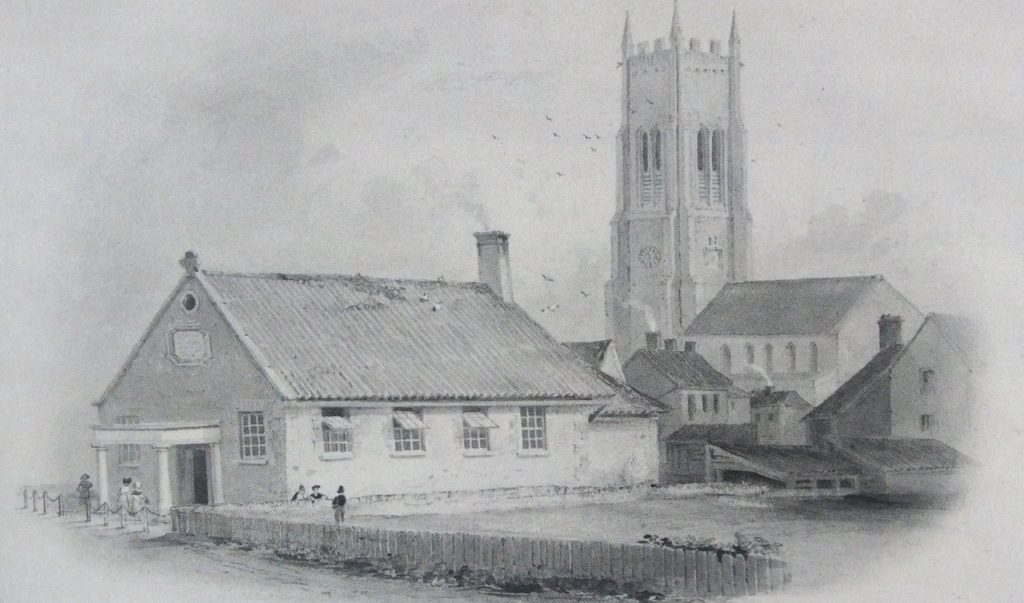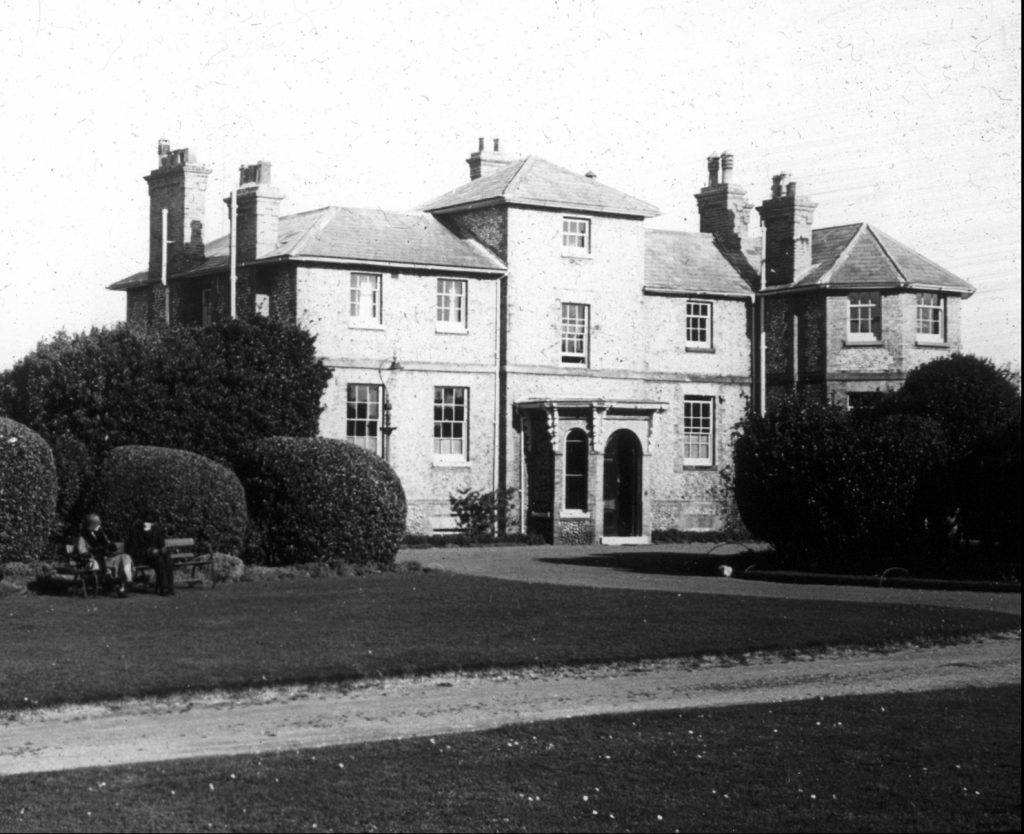North Lodge Park before it was a park – and what it might have been
Cromer’s North Lodge Park opened on Saturday 18 May 1929, exactly 90 years ago this coming Saturday. A new booklet to be launched by the Friends of North Lodge Park to mark the park’s 90th birthday tells the story of these nine decades, but the origins of North Lodge Park go back much further.
For there probably would not be a North Lodge Park – and Cromer would be a different place today – without the Wardens and Commonality of the Mystery of the Worshipful Company of Goldsmiths, better known as the Goldsmiths’ Company.
And in particular a Cromer boy called Bartholomew Rede born in 1451, during the War of the Roses, who became Cromer’s second Lord Mayor of London and forged the town’s Goldsmiths’ connection.
Seeking his fortune in London, he joined the Goldsmiths’ Company and became Master of the Mint at age 31, minting the first gold sovereigns in 1489. Appointed Goldsmiths’ Prime Warden in 1492, he was Lord Mayor in 1502 and knighted by Henry VII in 1503.
Sir Batholomew died in 1505, leaving provision in his will to build and endow a free school in Cromer, the forerunner of the 1821 Goldsmiths School building standing today on Overstrand Road 50 yards west of the North Lodge Park entrance.

The 1821 Goldsmiths School building on Overstrand Road, Cromer, drawn by Philip Hardwick in 1833.
This school closed in 1895 after the advent of local Board schools and was bought by Dr Arthur Burton in 1926, who converted it into a surgery and built Rede House next door.
Dr P S Barclay bought the two properties in 1948, where he practiced until the surgery moved next to the Overstrand Road cricket ground in 1969 and the old school building was converted into holiday accommodation.
The history of the first 300 years of Goldsmiths’ Cromer connection is sketchy, but after the 1821 school was built, the Company devised two plans for developing the fields between Overstrand Road and the cliffs, today’s North Lodge Park.
In 1825, Charles Beasley’s magnificent visualisations of a grand Goldsmiths Square clifftop
development show facing terraces of 16 four-storey dwellings echoing the Regency squares built on the south coast. Nine years later, Goldsmiths’ Surveyor Philip Hardwick produced a scheme for 13 plots on the site to create 13 impressive dwellings on 61 year leases. Only one was built, in 1837: the North Lodge building now owned by Cromer Town Council.

An 1825 visualisation of the proposed Goldsmiths Square development of two facing terraces of 16 four-storey dwellings, at Cromer’s North Lodge Park.
The Hoare family had owned Cliff House since 1801 – previously occupied by Dr Terry who lent his name to “Doctor’s Steps” – and Joseph Hoare rented the Lodge and surrounding fields in 1857. On his death in 1886 the lease passed to his son Richard Hoare who in 1895 bought the entire estate, including the school, from the Goldsmiths’ Company for £3,000 [as map]

North Lodge in Cromer’s North Lodge Park before 1886, when the east wing added
Richard Hoare died in 1901. His son Duoro Hoare then lived in the Lodge until his death in 1928, when the estate was put up for auction at the Lecture Hall in Cross Street. It was sold on 24 September 1928 to Cromer Urban District Council for £5,500… and the North Lodge Park story of the past 90 years began.

North Lodge in the 1920s before its sale to Cromer Urban District Council in 1928